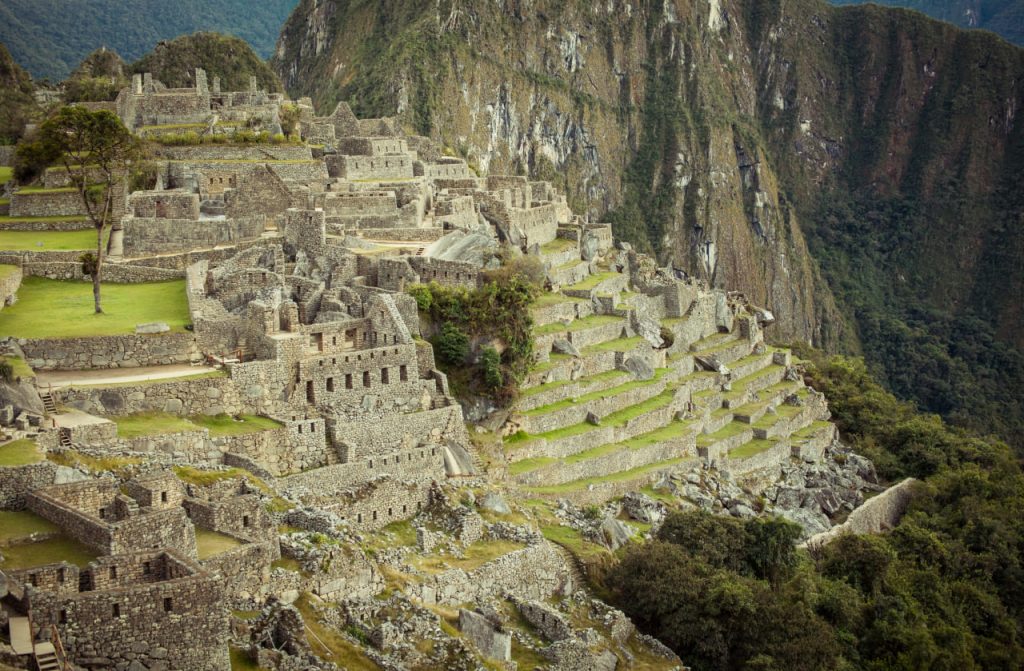Ancient Egypt, one of the world’s earliest and most influential civilizations, rose along the banks of the Nile River around 3000 BCE. Its longevity, lasting over 3,000 years, was largely due to its unique blend of technological advancements and deeply rooted religious beliefs. The fertile Nile Valley provided the essential resources for this thriving civilization, where agriculture flourished, and the river itself became a vital transportation and trade route.
The Egyptians were pioneers in architecture, engineering, and agriculture. They developed advanced irrigation systems, enabling them to cultivate the land and feed a growing population. Their mastery in stone construction led to the creation of iconic pyramids, temples, and tombs, which still stand today as a testament to their engineering genius. The construction of the Great Pyramid of Giza, one of the Seven Wonders of the Ancient World, demonstrates the extraordinary technical skill and organizational ability of the Egyptians.
Religion played a crucial role in the culture, with pharaohs viewed not just as rulers but as living gods, intermediaries between the divine and the earthly realms. This divine status led to the creation of monumental tombs and temples, designed to honor the gods and ensure the pharaoh’s successful passage into the afterlife. The belief in an eternal afterlife also influenced their burial practices, with elaborate rituals and the construction of lavish burial sites for the elite.
The civilization’s social structure was highly stratified, with the pharaoh at the top, followed by priests, scribes, artisans, and farmers. Governance was centralized, with the pharaoh exercising both religious and political power. The unification of Upper and Lower Egypt under the first pharaoh, Narmer, laid the foundation for a centralized government that would guide the civilization through periods of prosperity and decline.
While Ancient Egypt reached its zenith during the Old and New Kingdoms, its eventual decline was the result of a combination of internal strife, foreign invasions, and shifting economic conditions. The fall of Egypt came in stages, with the empire weakening under the pressures of successive invasions from the Hyksos, Assyrians, and Persians. Despite these challenges, the influence of Ancient Egypt endures, inspiring modern culture in art, architecture, religion, and science.
From its monumental achievements in construction and engineering to its lasting spiritual legacy, Ancient Egypt stands as a symbol of human creativity and resilience. Its contributions continue to shape the world, and the wonders of this civilization remain a testament to the ingenuity of its people.

